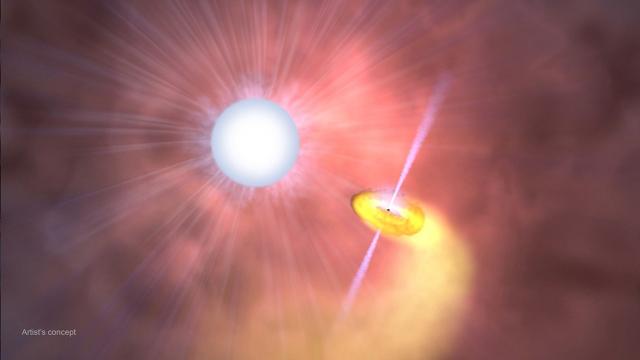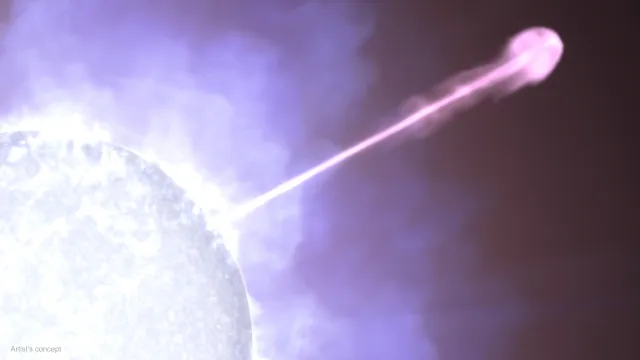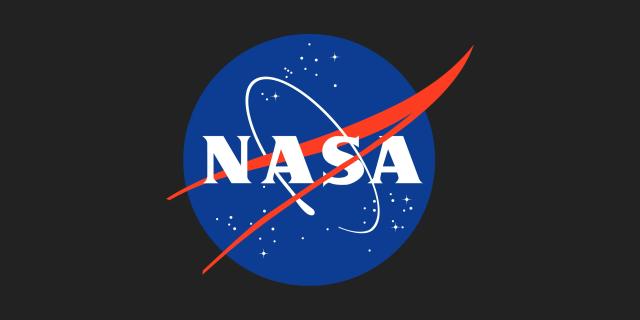Search
Items tagged with: StellarMassBlackHoles
NASA, JAXA XRISM Mission Looks Deeply Into ‘Hidden’ Stellar System science.nasa.gov/missions/xris… #NASA #BlackHoles #ElectromagneticSpectrum #GalaxiesStarsBlackHolesResearch #GoddardSpaceFlightCenter #Stars #StellarMassBlackHoles #TheUniverse #XRayBinaries #XRISMXRayImagingAndSpectroscopyMission

NASA, JAXA XRISM Mission Looks Deeply Into ‘Hidden’ Stellar System - NASA Science
The Japan-led XRISM (X-ray Imaging and Spectroscopy Mission) observatory has captured the most detailed portrait yet of gases flowing within Cygnus X-3, one of the most studied sources in the X-ray sky.science.nasa.gov
NASA’s Fermi Finds New Feature in Brightest Gamma-Ray Burst Yet Seen science.nasa.gov/science-resea… #NASA #BlackHoles #FermiGammaRaySpaceTelescope #GalaxiesStarsBlackHoles #GammaRays #GammaRayBursts #GoddardSpaceFlightCenter #MarshallSpaceFlightCenter #StellarMassBlackHoles #TheUniverse

NASA’s Fermi Finds New Feature in Brightest Gamma-Ray Burst Yet Seen - NASA Science
In October 2022, astronomers were stunned by what was quickly dubbed the BOAT — the brightest-of-all-time gamma-ray burst (GRB).science.nasa.gov
NASA Collaborating on European-led Gravitational Wave Observatory in Space science.nasa.gov/gravitational… #NASA #Astrophysics #BlackHoles #GalaxiesStarsBlackHoles #GoddardSpaceFlightCenter #GravitationalWaves #JetPropulsionLaboratory #LaserInterferometerGravitationalWaveObservatoryLIGO #LISALaserInterferometerSpaceAntenna #StellarMassBlackHoles #SupermassiveBlackHoles

NASA Collaborating on European-led Gravitational Wave Observatory in Space - NASA Science
The first space-based observatory designed to detect gravitational waves has passed a major review and will proceed to the construction of flight hardware. On Jan.science.nasa.gov
